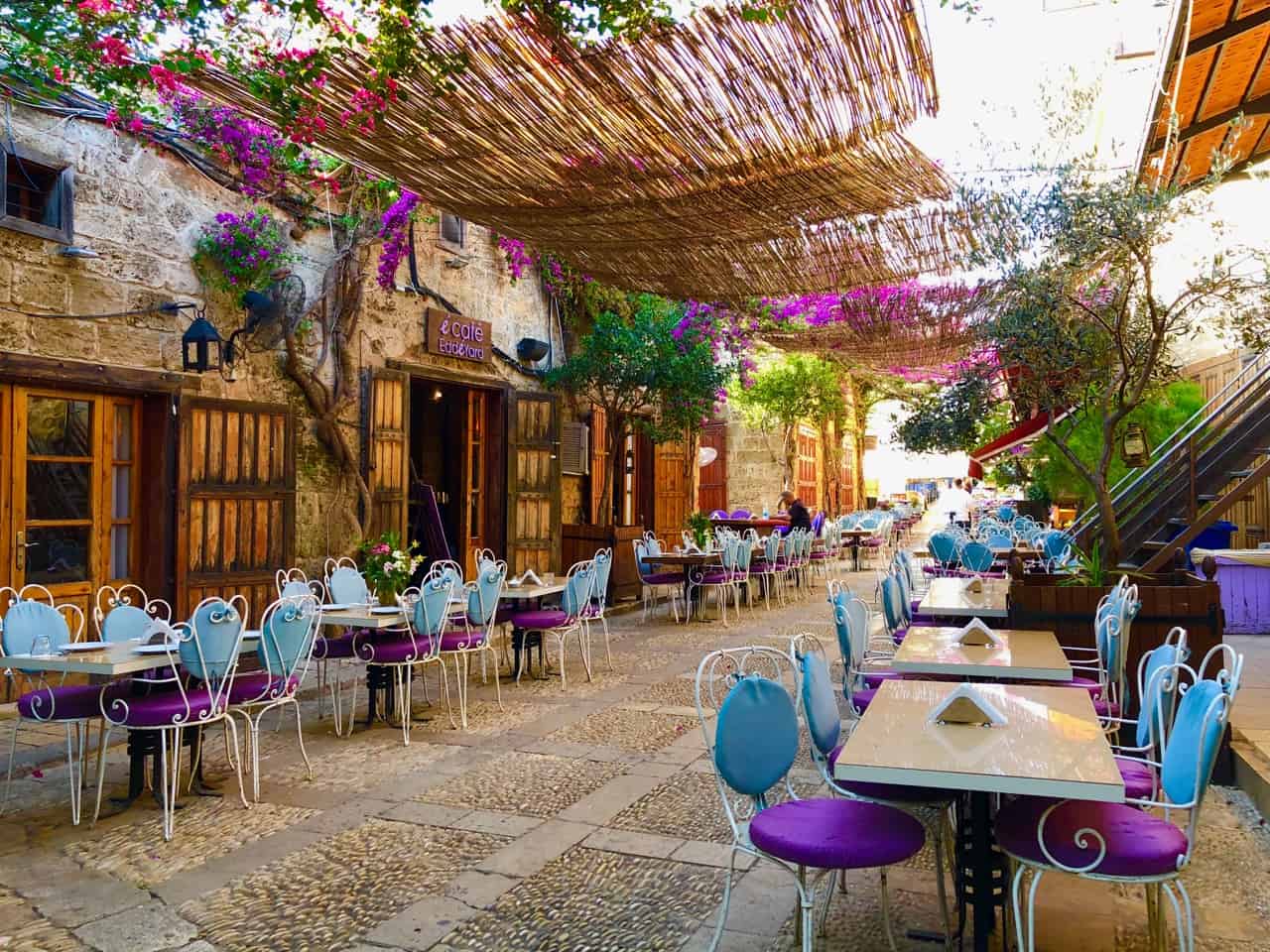



4 Days | 3 Nights
1 Stop
Arrival
8 Stops
Jeita Grotto
The Shrine of Our Lady of Lebanon
Churches of Harissa
Teleferique du Liban
Byblos
Byblos Citadel
The Old Souq
Byblos Dock And Fishing Port
10 Stops
Baalbek
Temples of Baalbek
Temple of Jupiter
Temple of Bacchus
Temple of Venus in Heliopolis
Sayyida Khawla Shrine
Stone of the Pregnant Woman
Anjar
Umayyad Ruins of Aanjar
Chateau Ksara
1 Stop
Departure